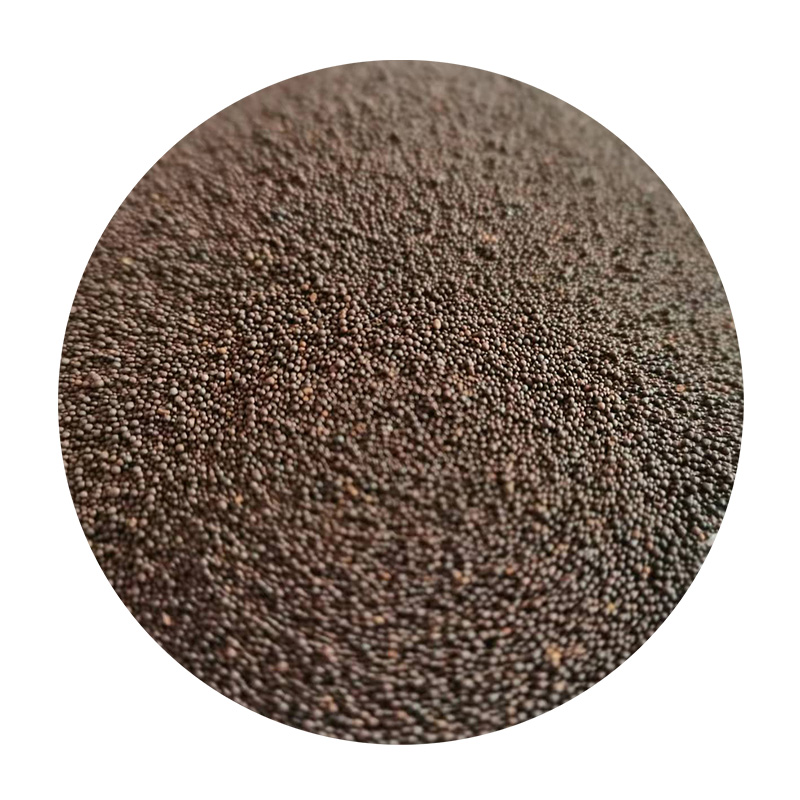Understanding the Types of Sand Used in Sand Casting
Sand casting is one of the oldest and most versatile manufacturing processes in which molten metal is poured into a mold formed by sand. The choice of sand is crucial to the quality of the final product and the efficiency of the casting process. This article explores the various types of sand used in sand casting and their unique properties that make them suitable for particular applications.
1. Silica Sand
The most commonly used sand in sand casting is silica sand. It is a naturally occurring granular material composed mainly of quartz. Silica sand is desirable due to its excellent heat resistance, good binding properties, and ability to create intricate mold designs. It can withstand the extreme temperatures associated with molten metal, which can reach over 1,500 degrees Celsius (2,732 degrees Fahrenheit).
Silica sand is often treated with a binder to improve mold strength and to ensure a smooth surface finish. However, while it is economical and widely used, silica poses health risks—specifically silicosis—if the dust is inhaled. Thus, safety precautions are critical when working with silica sand.
2. Green Sand
Green sand is another popular type of sand used in sand casting. Unlike silica, green sand is a mixture of sand, clay, and water, and has a characteristic moisture content when used in molds. The clay acts as a binding agent, helping to hold the sand grains together and improve the mold's strength.
Green sand molds are easy to create and can be reused multiple times, which makes them a cost-effective option for smaller foundries. The natural adhesion properties of green sand also contribute to a well-defined mold cavity, leading to high-precision castings. However, the moisture content can cause issues in very high-temperature applications, as excess moisture may lead to defects in the casting.
3. No-Bake Sand
No-bake sand systems, also known as air-set sand, incorporate a resin that eliminates the need for moisture or heat to bind the sand. In this type, sand is mixed with a chemical resin that sets at room temperature, allowing for quick mold production without the drying time needed for other types of molds.
what type of sand is used in sand casting

No-bake sand provides excellent dimensional accuracy and surface finish, which is crucial for complex geometries or fine details
. However, the initial investment in materials and equipment may be higher compared to traditional green sand methods, making them more viable for high-volume production.4. Core Sand
Core sand is specifically designed for creating cores that are inserted into molds to create hollow features in castings. This type of sand typically includes a high percentage of binders and is often made from silica or other materials that provide the necessary strength and rigidity.
Core sands can withstand the pouring of molten metal while maintaining their shape, which is essential for producing parts like engine blocks or complex shapes with interior cavities. Core sand is also recognized for its ability to allow for quicker cooling, which helps mitigate thermal expansion issues.
5. Chromite Sand
For certain high-performance applications, chromite sand is employed. It is a mineral sand composed of chromite (FeCr2O4) and boasts excellent thermal conductivity and stability. Chromite sand is particularly beneficial for casting high-temperature alloys and in metalworking applications where sand molds are subjected to extreme heat.
One of the significant advantages of chromite sand is its ability to resist thermal shock, reducing the chances of mold damage during the casting process. Its high density also contributes to enhanced mold strength, making it an excellent choice for demanding castings.
Conclusion
The choice of sand in sand casting largely determines the quality, durability, and precision of the casted products. Understanding the various types of sand—ranging from the commonly used silica sand to specialized options like chromite sand—enables manufacturers to tailor their casting processes for optimal results. As technology advances, innovation in sand types and mold design continues to evolve, promising exciting possibilities for the future of casting.
Post time:Déc . 05, 2024 14:16
Next:Top Sand Casting Manufacturers for Quality and Precision in Metal Fabrication
